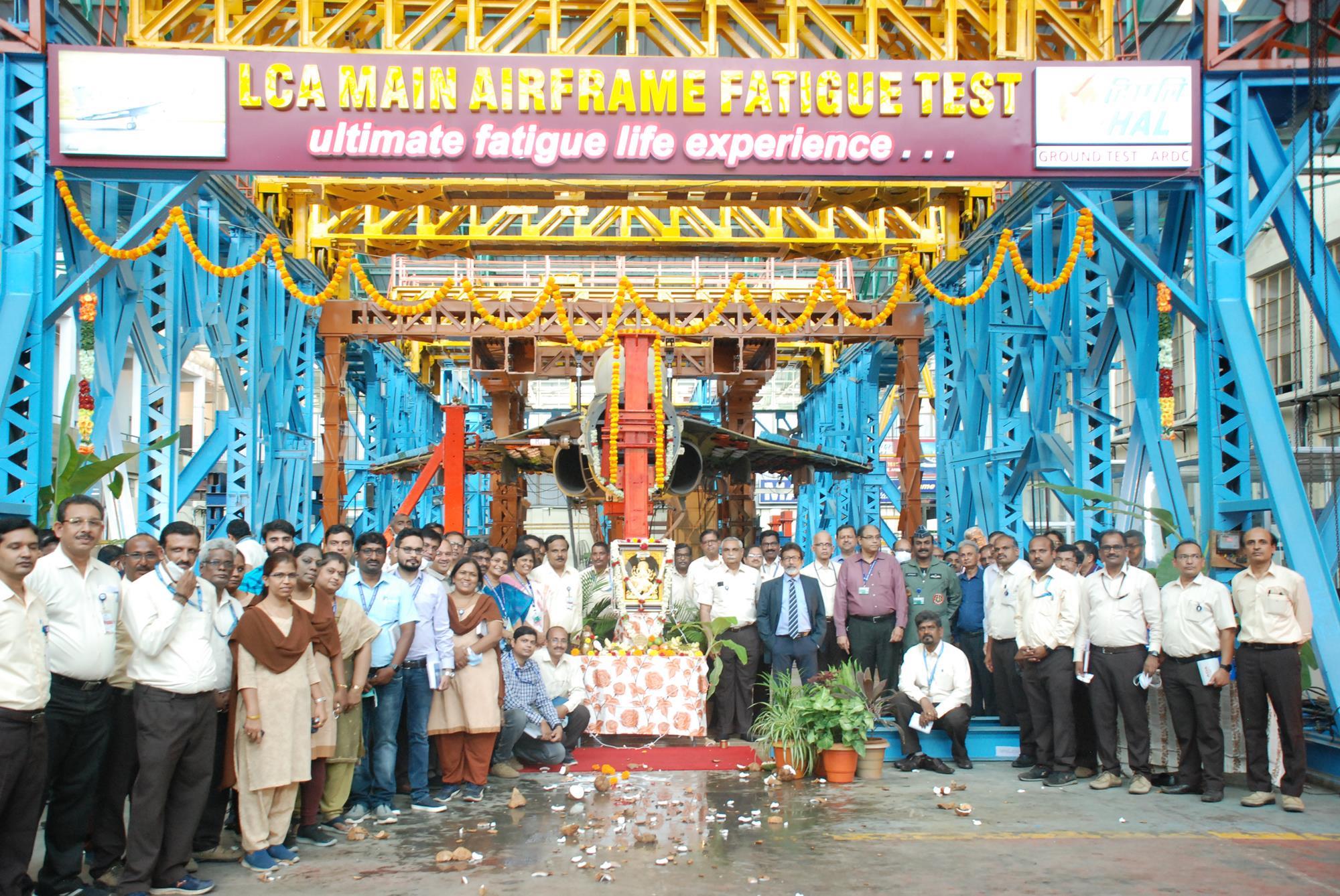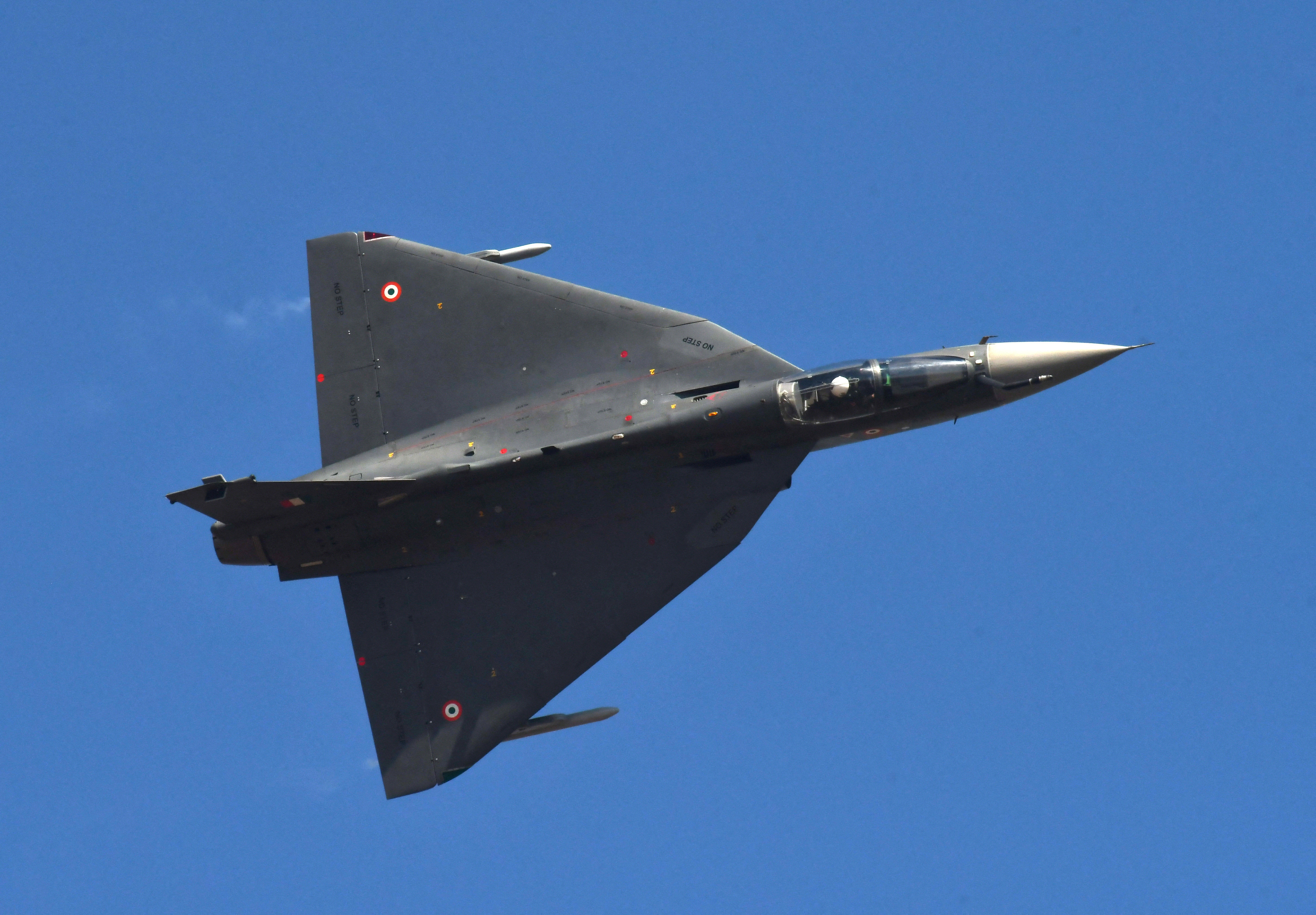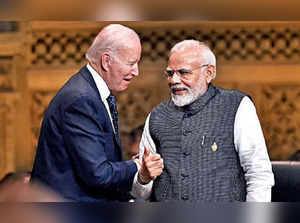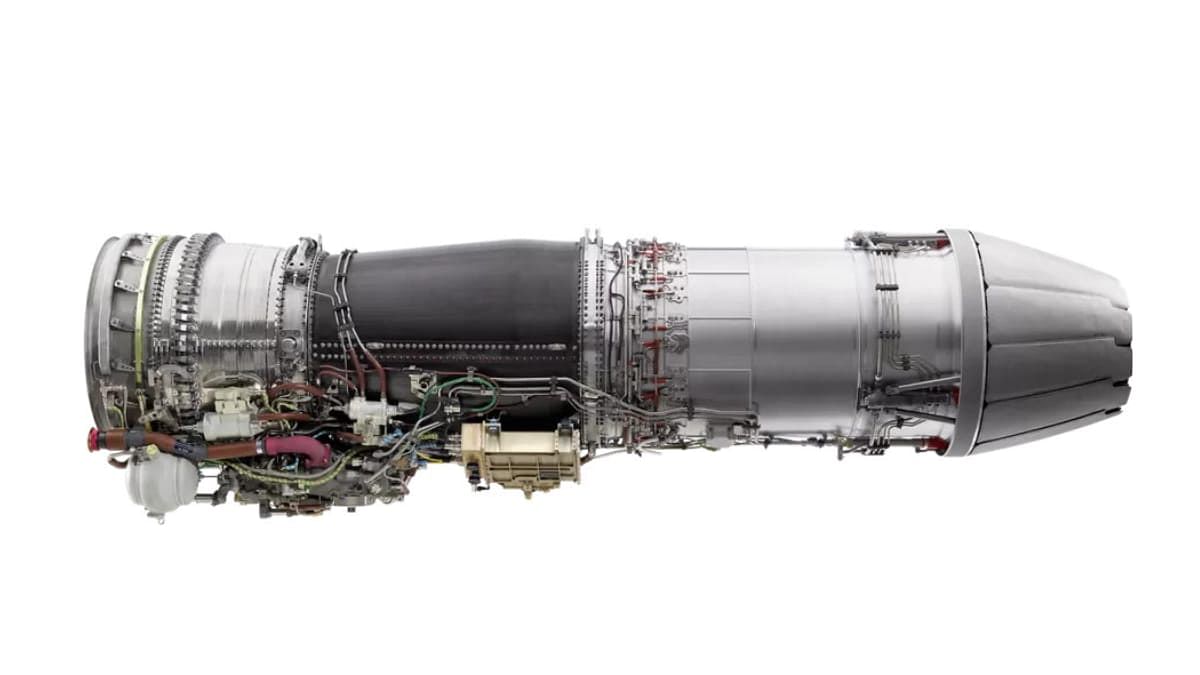Samej Jangir
Regular Member
- Joined
- May 15, 2023
- Messages
- 206
- Likes
- 418
This is your fantasy without basis. How many Russian Sukhoi 30s have crashed due to engine?Al 31 doesn't need to be used for long to have problems it doesn't have as many flying hours either in comparison to GE engines either.
Really? India read planning on Kaveri engine till 2007 with an MToW of 11.5 tons to replace Mig21. Last I remember 2007 was UPA era.We went for GE engines long before UPA existed . So just don't throw anything out of nowhere.
Hahahaha! Is this a joke? The transition to f404 was mdhe in 2007-8 and trust was redesigned significantly to make it bigger which wasted significant time. Tejas with MToW 11.5-12tons would have been flying by 2015 if the redesign hadn't been done. The original Tejas design was smaller but the experience that would have been obtained by having a flying plane was significant. It is likely that UPA wanted to sabotage Indian defence and died down Tejas.Tejas was built around GE engine and we wanted to built something as efficient as that
The latest Rd33 mk3 had smoke reduced. Nevertheless, I won't claim that it is the best engine out there as it is a significantly older design and has its deficiency. However, it is reasonably reliable and is better than F404 to be used in Tejas if manufactured in India.Rd 33 series engines fuel efficiency and smoke is world renowned .
Wah! You live in your fantasy world. India did develop some parts of Al31F indigenously over time to replace Russian imports. Russia did not trouble India by imposing any restriction on substitution of parts.We have replaced AL 31 engine parts with Indian ? Waah waah .
Money? Hohoho! Technology is not bought with money. It is given only in exchange for equivalent technology or extremely critical goods. Russia may sell Al41 but will not allow India to indigenise it.Al 41 TOT ? They are asking for more money and new contract for production while it is simply an uprated version of AL 31 . That's why we aren't opting for it. Kuch bhi ??
Tejas is cheaper than T50 and is much better with no crashes. T50 is significantly inferior in its fighting capabilities. The deal was purely political due to USA pressure to buy T50 which has significant USS hand.They bought it as they needed a conventional light trainer with light air defence capability, cheaper to operate and something that they can trust with services . T50 is everything of that which Tejas isn't right now
Used by porkis is a problem? How so? Rafale is technically better but needs higher fuel and higher maintenance due to having 2 engines. The actual reason for jot buying F16 is political.Rafale is technically better and provide us more sovereign freedom in comparison to F-16. Also F-16 is in use by Porks and we didn't wanted to have the same after spending decades practicing to fight against it.
Just like we would have bought Russian Il76 planes instead if C130 or fitted AWACS on Russian planes instead of Western ones. Russian transport planes have been used by India for over 60 yesrs with very little complaints. There was no reason to buy western transport planes in such cases. Also, buying USA helicopters instead of Russian is also not based on performance.If Russian engines were that good we would have gone for that... Not juggle around with others. It's not a piece of cake where you can have chocolate and pineapple both










